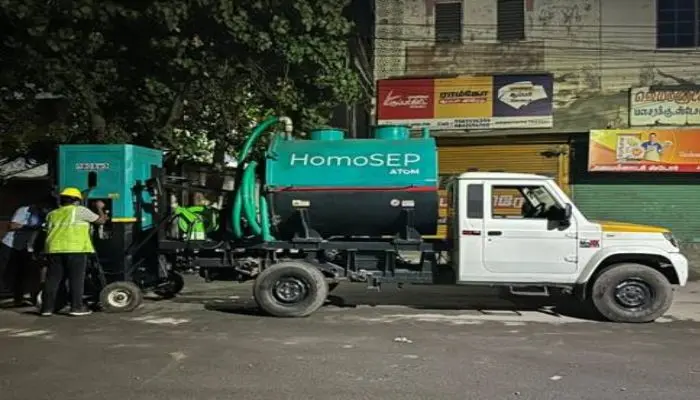Cleanliness and hygiene, whether on a personal or social level, play an important role in the life of an individual and society. In this regard, the Swachh Bharat Mission (SBM) that was introduced by the Government of India has assumed great importance in changing the cleanliness practices in the country. Launched on 2 October 2014 in homage to the 150th birth anniversary of Mahatma Gandhi, the campaign has been the most successful in almost all the regions of the country including rural as well as urban mass. Following the motto “Clean India”, has been conducting operations to stop open defecation and to improve the handling of trash and hygiene.
What Is Swachh Bharat Mission?
India launched the Swachh Bharat Mission or the Swachh Bharat Abhiyaan to keep its towns and villages clean. The mission can be further divided into two heads: SBM Urban which is looked after by the Ministry of Housing and Urban Affairs and SBM Gramin under the Ministry of Drinking Water and Sanitation.
SBM Urban is focused on the improvement of toilet hygiene in cities, in contrast with SBM Gramin which is mainly about stopping open defecation in villages and improving everyday life.
Swachh Bharat Mission Urban
SBM Urban was planned to improve the issues of open sanitation, and inadequate toilets, for effective waste disposal in cities. Its aims are as follows:
- Eliminating Open Defecation: By increasing the number of facilities available to the public as well as the community.
- Solid Waste Management: Cities are encouraged to have proper systems of garbage collection, processing and disposal, to improve cleanliness.
- Behaviour Change: encouraging the population to practice and consistently use correct clean habits, utilizing the context of toilets.
Key Goals Of SBM Urban
- Construction of 1.04 crore individual toilets.
- Building 2.5 lakh community toilets and 2.6 lakh public toilets.
- Ensuring cities are “Garbage-free” by managing solid waste effectively.
Swachh Bharat Mission Gramin
The SBM-G or the Swachh Bharat Mission Gramin is an Improvement of sanitation services among the rural regions in India. It helped in improving toilet coverage in the villages, making them ODF (open defecation free) and helping waste disposal practices which are safer for nature to the surroundings.
The mission was carried out in two aspects:
- Phase I (2014-2019): In this phase, there was the widespread construction of toilets to achieve ODF status in rural India by 2019. At the end of Phase I, every district declared that it was open defecation-free.
- Phase II (2020-2025): In this phase, it will be the goal to maintain the declared ODF status and manage refuse and waste in rural communities.
To learn more about the Swachh Bharat Mission and how you can contribute to making India open defecation-free and improve sanitation..
Conclusion
The Swachh Bharat Mission, as defined above, is meant to be a major step to elevate sanitation and hygiene levels in the country. This mission has already made huge progress in terms of the construction of latrines, waste disposal and other changes of practices in rural as well as urban sectors. In its continuation as the citizens of this nation, we must help get rid of this problem and help keep India clean and healthy.
Explore more articles on government initiatives and stay informed about the latest updates by visiting our Home Page.



